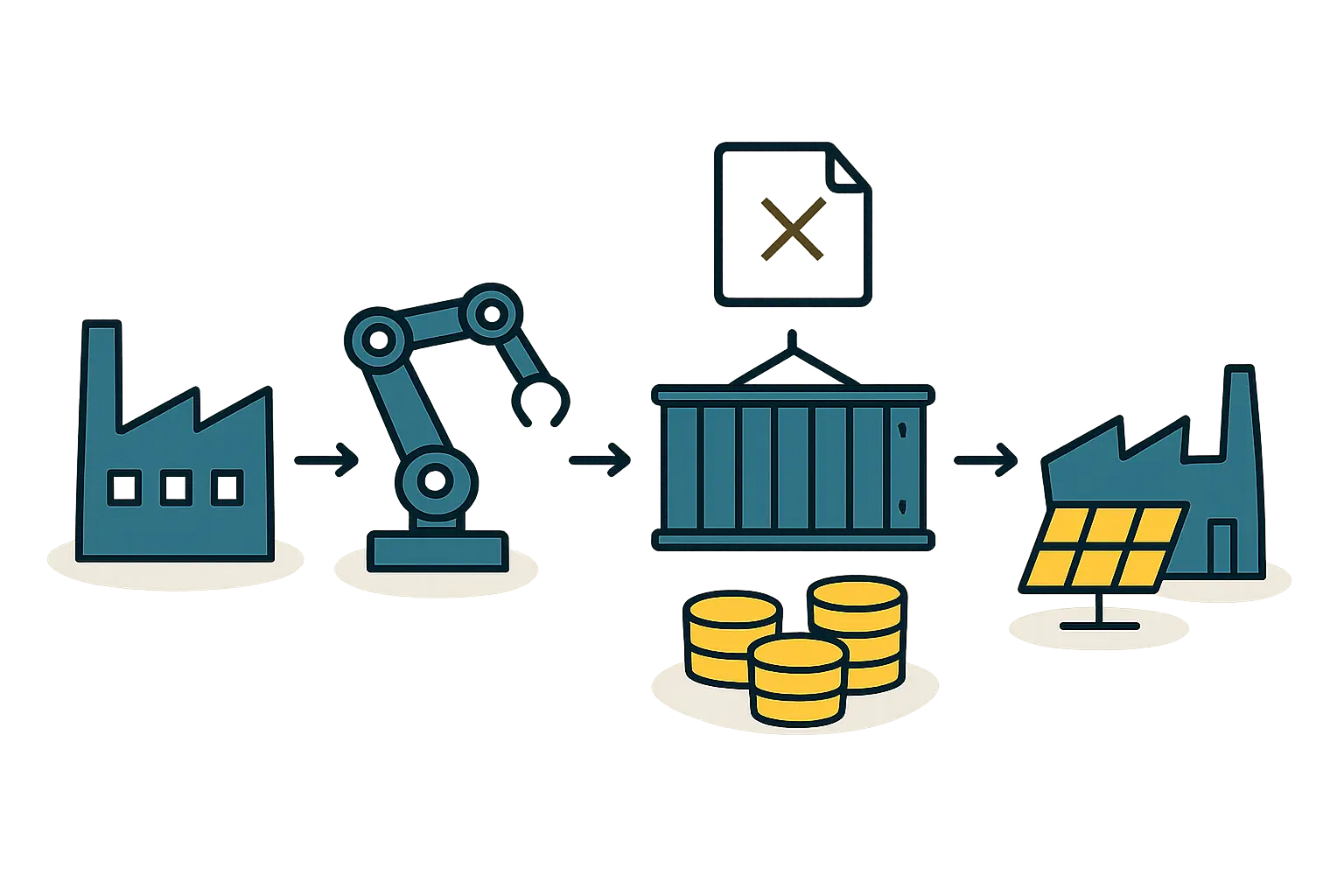Nissan has unveiled a new EV prototype featuring an extendable solar roof, which could significantly extend the vehicle’s range. The design, showcased on Japan’s best-selling Nissan Sakura EV, is part of Nissan’s strategy to increase the efficiency and sustainability of its electric vehicles by harnessing solar energy.
Breakthrough Nissan solar roof EV Design
Nissan’s new electric vehicle (EV) prototype, revealed at the Japan Mobility Show, features a unique extendable solar roof called the Ao-Solar Extender, which could revolutionize how EVs are powered. This innovative design offers a tangible solution to the challenge of range anxiety by harnessing solar energy to charge the vehicle, even while on the move.
The system’s clever design maximizes the surface area for solar panels. When the vehicle is parked, a second panel deploys outward, increasing sunlight capture and generating up to 500 watts of power. This feature is particularly beneficial for drivers who park their cars outdoors and also provides welcome shade to the cabin, reducing the need for energy-intensive air conditioning. For residents in sunny parts of Germany, this could translate to a noticeable boost in efficiency.
By converting sunlight into electricity, the solar roof can add a surprising amount of range—up to 1,865 miles (nearly 3,000 kilometers) per year, according to Nissan. This concept aligns with Nissan’s commitment to sustainable mobility and its efforts to lead in the development of innovative EV technologies.
Ready to make big Profits?
The solar Industry is Booming
WE HELP NEWCOMERS to the solar industry start their own solar module production line. Customers can make BIG PROFITS by selling modules and finding investors, without wasting money and time on things they don't need!
The Potential of Solar-Powered EVs with Nissan solar roof EV
The concept of solar-powered EVs is not entirely new, but Nissan’s extendable solar roof takes the idea to a new level. While most existing solar-powered EVs have fixed panels, the extendable roof allows for a larger collection area, thus significantly increasing the amount of energy generated.
This additional power supplements the vehicle’s battery, providing “free” miles of range powered directly by the sun. This could be especially useful for those who frequently drive in remote areas where charging stations are scarce. In Germany, this technology holds particular promise for tenants in apartment buildings who may not have the option to install a private wallbox. By generating its own power, the vehicle reduces reliance on the public charging infrastructure and high grid electricity prices.
Furthermore, the technology has the potential to serve as an emergency power source, adding another layer of utility. By generating power directly from the sun, drivers could spend less time at charging stations and more time on the road.
Challenges and Future Prospects for Nissan solar roof EV
Despite its promise, the extendable solar roof comes with challenges. Solar power generation is dependent on weather conditions, which means it may not be as effective in regions with less sunshine, a valid concern during Germany’s cloudier months. Additionally, the efficiency of solar panels is still a limiting factor, although the underlying basics of solar panel manufacturing are constantly evolving to improve performance.
The added complexity and cost are also considerations. The integration of moving parts and high-efficiency photovoltaic cells will impact the vehicle’s final price, influenced by factors like the solar panel manufacturing plant cost breakdown.
Nissan’s prototype is still being evaluated for commercial production. However, this concept, combined with the company’s parallel advancements in solid-state batteries, represents a significant step forward. As the solar panel manufacturing process improves, we can expect the viability of such integrated solutions to increase dramatically.
Broader Implications for the Automotive Industry with Nissan solar roof EV
The introduction of effective solar roofs in EVs could have broader implications for the automotive industry and Germany’s ambitious Energiewende (energy transition). If successful, this technology could lead to a new generation of vehicles that are less dependent on grid electricity, decentralizing energy for transportation and reducing the overall carbon footprint.
For now, Nissan’s extendable solar roof remains a prototype, but it offers a glimpse into a future where vehicles are powered by renewable energy. As the technology matures, it could become a standard feature in EVs, providing drivers with a more sustainable and cost-effective way to travel.
The innovation behind this solar roof is rooted in the continuous improvement of photovoltaic technology. To understand more about the core components that make such advancements possible, you can explore our free e-course on solar panel manufacturing.



